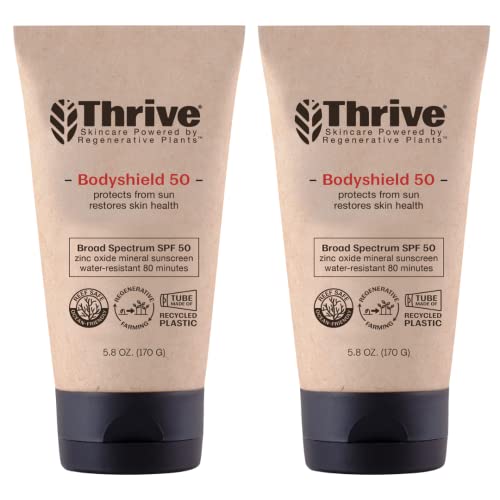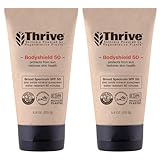Effortless Protection: The Ultimate Guide to Lightweight Sunscreen
Imagine stepping out into the sun and feeling confident that your skin remains shielded without the heavy, greasy residue often associated with traditional sunscreens. That is the transformative power of sunscreen for anyone seeking an effective way to protect their skin from harmful UV rays without compromising comfort.
SPF Rating
When considering your next lightweight sunscreen, focus on several key components to ensure you make an informed choice. Start by examining the SPF rating. An SPF of at least 30 offers a solid defense against UVA and UVB rays, enabling thorough protection. Check the active ingredients. Mineral-based sunscreens, featuring zinc oxide or titanium dioxide, provide a physical barrier that reflects UV rays, while chemical sunscreens absorb these rays through ingredients like avobenzone or oxybenzone.
Skin Type
Your skin type plays a significant role in your sunscreen choice. Non-comedogenic formulas prevent pores from clogging, reducing the risk of breakouts, which is excellent for oily or acne-prone skin. Dry skin would benefit from sunscreens, including moisturizing agents like hyaluronic acid or glycerin, which hydrate as they protect. Sensitive skin thrives with fragrance-free or hypoallergenic options, minimizing irritation.
Finish and Consistency
The texture and finish also matter. A sunscreen should absorb quickly without leaving a sticky or chalky residue. Consider how it feels upon application; a smooth glide onto your skin ensures you will use it regularly. Many lightweight sunscreens now offer a matte finish, controlling shine and making them ideal for daily wear, even under makeup.
Protection Level
Broad-spectrum protection guarantees coverage against the full spectrum of harmful rays. Additionally, water resistance matters, especially if you swim or sweat frequently. Check the label for how long the sunscreen remains effective in water, typically 40 to 80 minutes.
Application
Packaging and application also influence your experience. A pump or spray bottle allows for easy, even distribution. Sunscreen sticks offer convenient touch-ups throughout the day. Consider the portability of the product. Smaller, travel-friendly sizes ensure you never skip reapplication, which is crucial for maintaining protection.
Eco-Friendliness
Eco-conscious consumers should verify the environmental impact. Reef-safe sunscreens omit harmful chemicals like oxybenzone and octinoxate, which damage coral reefs. Biodegradable packaging further reduces the eco-footprint. Certifications from reputable organizations can guide you towards environmentally friendly choices.
Ingredients
Finally, consider the additional benefits offered by some sunscreens. Many now include antioxidants like vitamin C or E, combating free radicals and providing anti-aging benefits. Tinted sunscreens offer a dual function by evening out skin tone while protecting it. Multifunctional products simplify your skincare routine without sacrificing efficacy.
Choosing the right lightweight sunscreen transforms your approach to sun protection, making it a seamless part of your daily routine. By focusing on SPF, skin type compatibility, texture, broad-spectrum coverage, water resistance, packaging, eco-friendliness, and additional benefits, you ensure your skin receives the highest level of care. Investing time and thought into selecting the best sunscreen pays off with healthier, protected skin that handles the sun’s rays with grace and resilience.















































